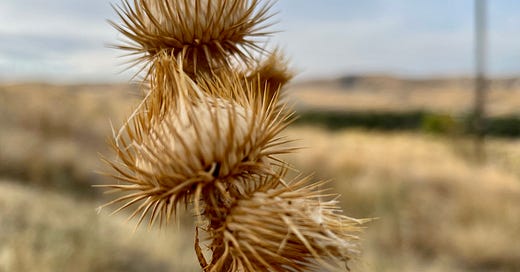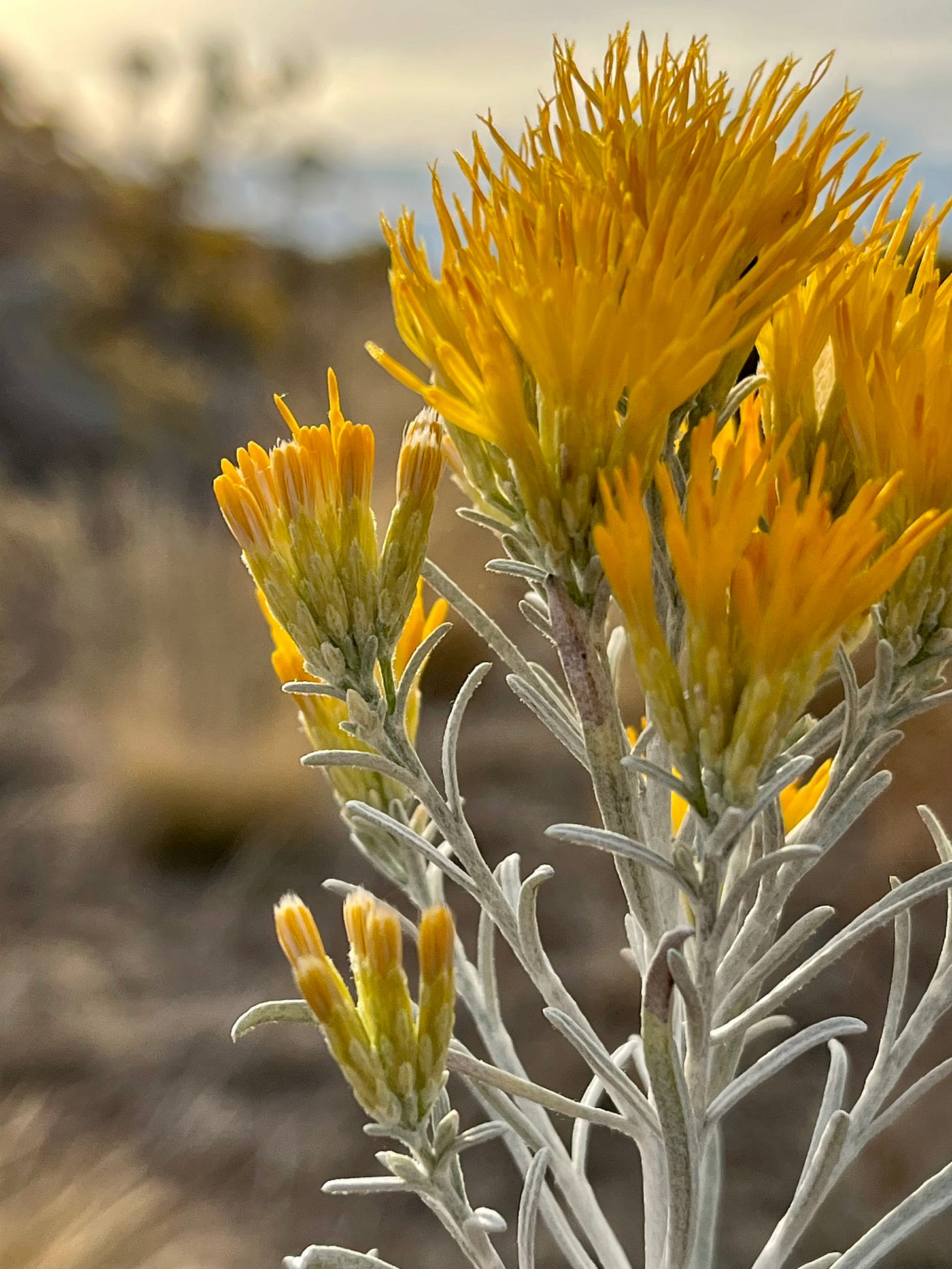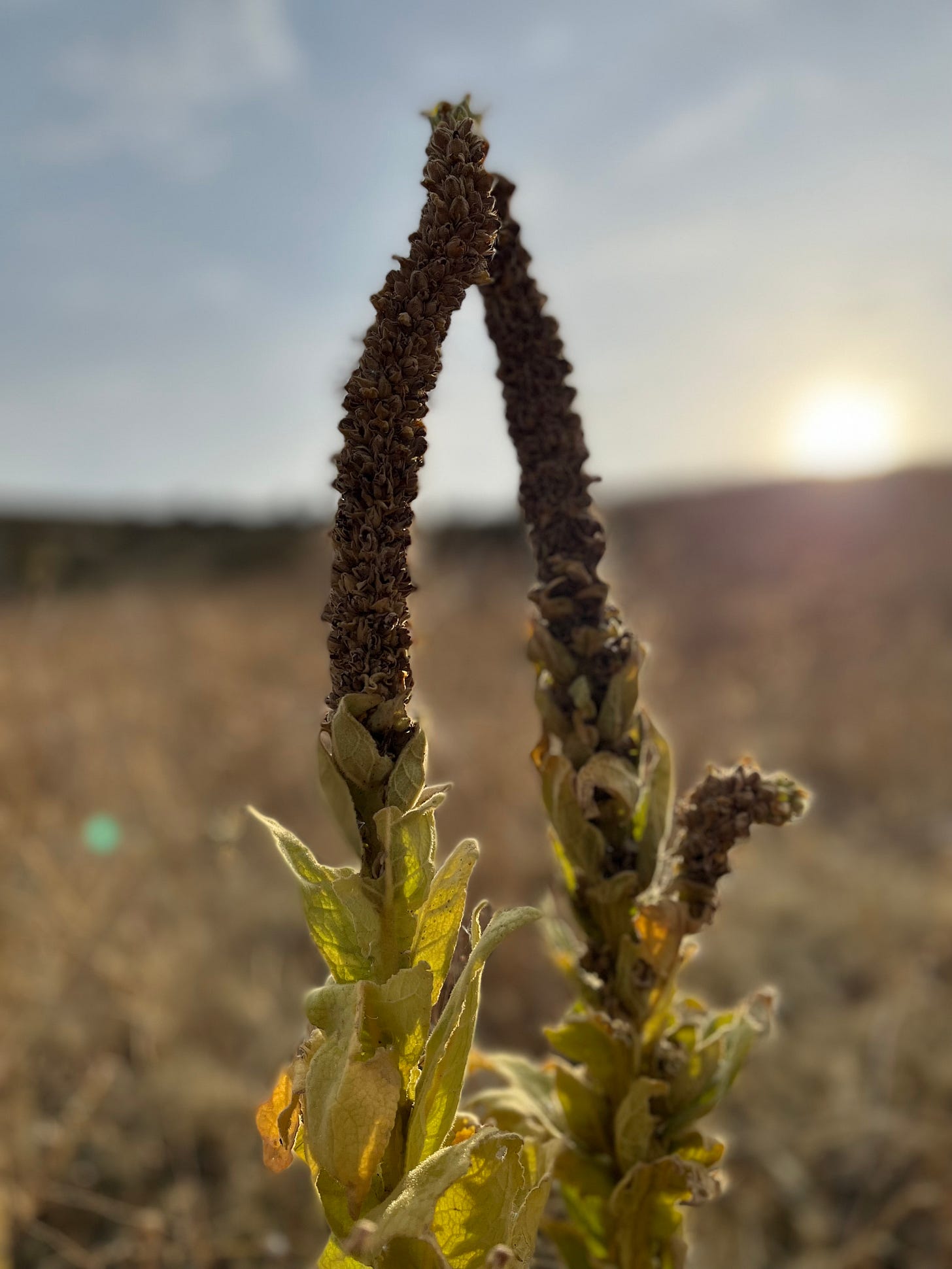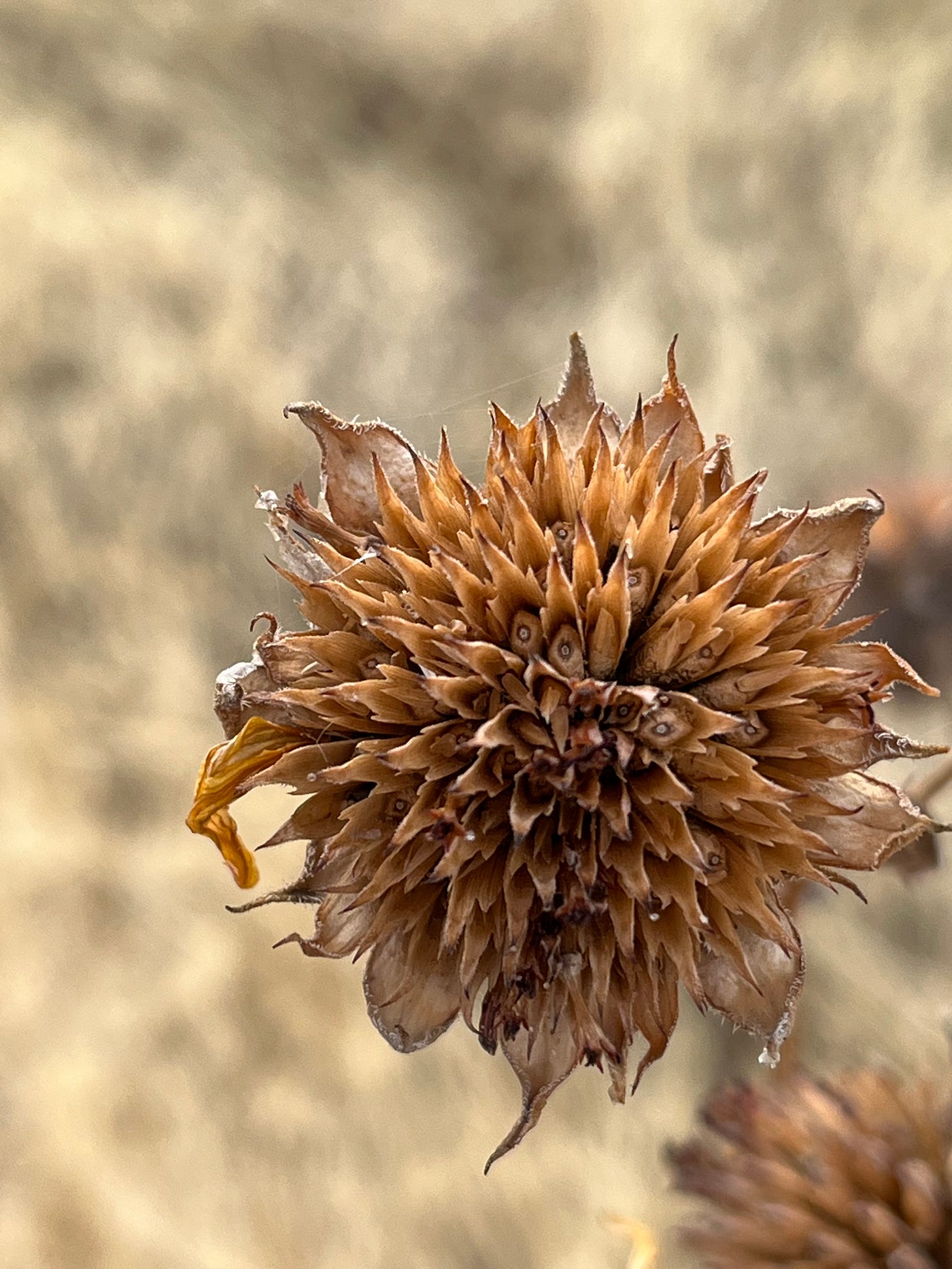“The contemplative dimension of walking comes through my presence to the world around me and to what is moving through me as I walk. I listen for the ways the divine is speaking through the world. I listen to my own heart beating more loudly because of the vigor of my movement. I listen for the ways that new ideas arise in this space."
— Christine Valters Paintner-The Artist's Rule
Listening {Watching} while walking…
I finished Cloud Cuckoo Land this week. Dystopian novels are not my thing, but I have found myself reflecting a lot this week on the dystopian elements of the novel. The novel takes place in the past, present and future. The past is set in fifteenth-century Constantinople. The present is in “Lakeport, Idaho” (It’s 100% based on McCall, Idaho; down to the Ridleys and neighboring town New Meadows, and this CBS Interview with Anthony Doerr done in McCall). The future is on a space vessel with the people who will settle a new planet 500 plus years from earth. Characters across time are connected through an ancient story. It sounds far-fetched, and yet it works.
For me, the future part of the story raised the question of what is real?
What do we as a culture value?
How are we, and have we lost touch with nature?
How can we regain what is lost?
How weird is it that we carry small, rectangle supercomputers in our pockets?
What is that doing to us?
What have we lost?
Has the gain been worth it?
(These last four questions were probably influenced also from reading about the Facebook Whistleblower.)
So, you know, just your run-of-the-mill existential crisis.
Somehow it’s easier to contemplate big questions in the frame of a fictional story. And, when it all seems to un-figure-out-able, a real-life walk helps to soothe a weary soul.
Walking the same paths every day over a year opens my eyes to the changes. Form, function, shape, texture, value is revealed as the seasons wax and wane. In the early spring and summer, I find myself pausing to snap pictures, to appreciate the beauty of the flowers, bushes, and trees. This week I challenged myself to find the same beauty in the form of the thistles, sunflowers, and bushes as they enter their autumn and winter rest.
It’s a contemplative practice to pause and really see.
In the summer, these thistles are bright green and purple. There is a contemplative beauty in their autumn form, the “thistlesness” of these thistles. The sharp edges, the prickly points.
The first foundation of any true religious seeing is, quite simply, learning how to see and love what is. Contemplation is meeting reality in its most simple and direct form unjudged, unexplained, and uncontrolled!
If we don’t know how to love what’s right in front of us, then we don’t know how to see what is. So we must start with a stone! We move from the stone to the plant world and learn how to appreciate growing things and see God in them. In all of the natural world, we see the vestigia Dei, which means the fingerprints or footprints of God.
-Richard Rohr
Photography can be a contemplative practice. When taking a picture, it’s easier to notice the form, light, texture, composition, the color of the object. Walking with a camera challenges me to see elements rather than the whole, to see smaller and deeper and find the beauty in the ordinary.
The light in those leaves!
This was the photo that started my personal "fall form" photography challenge. In the late summer, that path is lined with sunflowers, bright yellow, dark centers. There is just something about a sunflower. When I noticed this end-of-the-season sunflower, I immediately noticed the form, texture, grace still present. The hairs on the edge, the spider web, the structure of the center with the seeds…contemplative beauty.
Take some pictures. See what you can see. Use the Richard Rohr quote above about contemplation as an inspiration. Start with a stone, move to plants.
“Contemplation is meeting reality in its most simple and direct form unjudged, unexplained, and uncontrolled!” -Richard Rohr
A book I can’t stop thinking about:
A Tree Full of Angels by Macrina Wiederkehr
I love this book. It’s one of my all-time favorite books. It’s about the practice of Lectio Divina. It’s more than that though, it invites the reader to consider and see (contemplate) the ordinary life unfolding around. She asks the reader to “harvest” the moments.
“We do not always realize what a radical suggestion it is for us to read to be formed and transformed rather than to gather information. We are information seekers. We love to cover territory. It is not easy for us to stop reading when the heart is touched; we are a people who like to get finished. Lectio offers us a new way to read. Read with a vulnerable heart. Expect to be blessed in the reading. Read as one awake…Read with reverence.”
-Macrina Wiederkehr
(I try and pay attention to words or phrases that stand out to me in my reading and listening. There is a spiritual practice called Florliledgium that collects short, interesting pieces {words that “sparkle” up} and put them together. This is kind of like that. Watching for things that sparkle. Gathering them and seeing how they work together and what message, mantra, or new idea might arise.)
A Practice:
Read slowly.
Notice if a word or phrase stands out to you.
How do the words make you feel?
Is there an invitation?
(I’m sharing in italics the lines that stand out to me in these passages. Maybe it’s the same, or maybe it’s different, there is much food for thought in each of these passages)
THEME: Contempation
“There should be at least a room, or some corner where no one will find you and disturb you or notice you. You should be able to untether yourself from the world and set yourself free, loosing all the fine strings and strands of tension that bind you, by sight, by sound, by thought, to the presence of other men. Once you have found such a place, be content with it, and do not be disturbed if a good reason takes you out of it. Love it, and return to it as soon as you can, and do not be too quick to change it for another.”
― Thomas Merton, New Seeds of Contemplation
“Whatever may be the tensions and the stresses of a particular day, there is always lurking close at hand the trailing beauty of forgotten joy or unremembered peace.”
― Howard Thurman, Meditations of the Heart
Did I offer peace today? Did I bring a smile to someone's face? Did I say words of healing? Did I let go of my anger and resentment? Did I forgive? Did I love?' These are the real questions. I must trust that the little bit of love that I sow now will be many fruits, here in this world and the life to come.
Henri Nouwen
“Every day we think about the aggression in the world. Everybody always strikes out at the enemy, and the pain escalates forever. We could reflect on this and ask ourselves, ‘Am I going to add to the aggression in the world?’ Everyday we can ask ourselves, ‘Am I going to practice peace, or am I going to war?”
-Pema Chödrön
“Hidden beauty is waiting in every crumb. Life wants to lead you from crumbs to angels, but this can happen only if you are willing to unwrap the ordinary by staying with it long enough to harvest its treasure.”
-Macrina Wiederkehr- A Tree Full of Angels: Seeing Holy in the Ordinary












